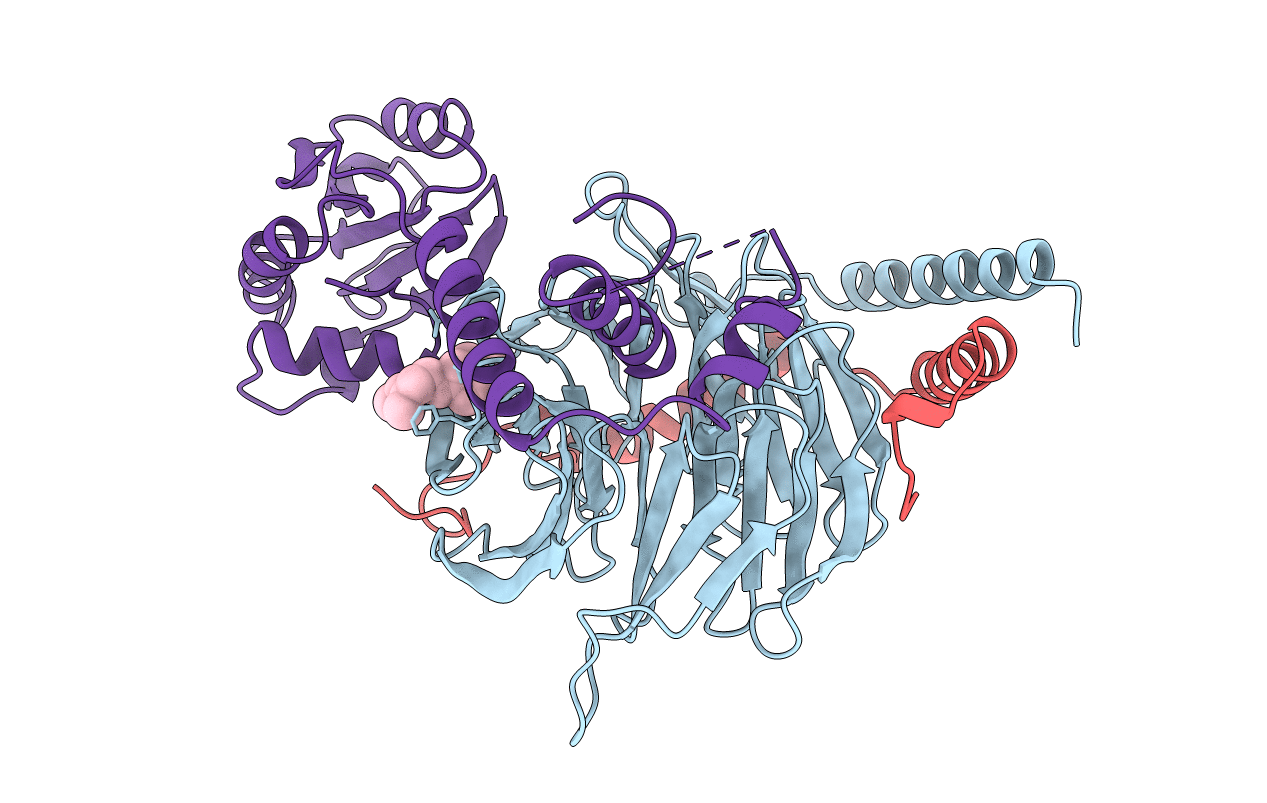
Deposition Date
1997-12-05
Release Date
1998-12-30
Last Version Date
2024-10-16
Entry Detail
PDB ID:
1A0R
Keywords:
Title:
HETEROTRIMERIC COMPLEX OF PHOSDUCIN/TRANSDUCIN BETA-GAMMA
Biological Source:
Source Organism:
Bos taurus (Taxon ID: 9913)
Method Details:
Experimental Method:
Resolution:
2.80 Å
R-Value Free:
0.26
R-Value Work:
0.22
R-Value Observed:
0.22
Space Group:
P 21 21 21


